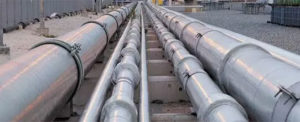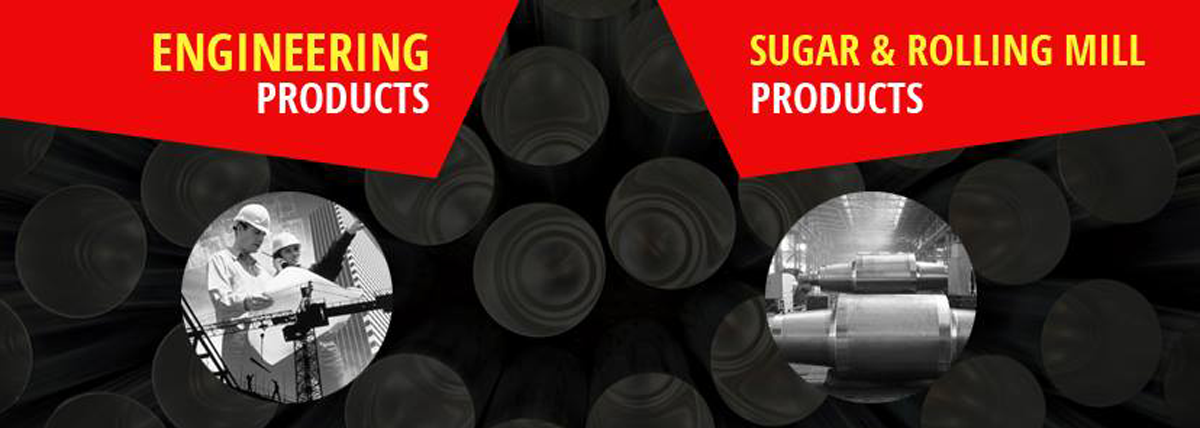
Oil and gas are two important substances that satisfy the most crucial needs of every nation and without which none can function effectively. It is the responsibility of oil and gas organizations to therefore, ensure a consistent supply of this product to the intermediate distributors who reach them to the final consumer.
An efficient infrastructure of pipelines around the globe is in place for conveyance of this liquid and gas from one place to the other. Several components used in this context like pipe shoes, piping material, wear pads, casing pipes and other steel parts have to be durable and of top notch quality so as to avoid breakdown in supply due to maintenance and repairs. Casing pipes suppliers, stainless steel plates suppliers and all other suppliers associated with this industry have to offer nothing but the best of their products. So, choosing reputable suppliers makes a world of difference to the efficient working of the pipeline transportation system.
Oil pipelines are grouped into two fundamental sections namely, the gathering lines and trunks. Gathering lines have a diameter ranging from 5 to 15cms while trunks vary in a diameter size from 20 to 60cms. In spite of the diameters being so large, a great amount of force is needed to push the oil through the pipeline. Oil is driven through the pipeline by using centrifugal pumps. These are situated at the origin source of the line and further at intervals of 30 to 160 kms along the line. Their working is controlled through remotely placed computers. The positioning of the pumps is determined by the pipeline length, capacity needs and the land topography. Though electric motors normally act as the power source for the pumps, sometimes gas or diesel engines may also be used. Monitoring of the pipeline transportation goes on a continuous basis, 24 x 7 days of the year. The speed of the pipelines for transporting the oil ranges from 5 to 13 kms per hour and is determined by a series of factors such as the land topography, oil viscosity, pipe’s diameter and the pressure applied for the oil transportation.
The American Petroleum Institute has given certain specifications under the API 5L specification with regard to welded and seamless steel line pipes used in the pipeline transportation system for gas, oil and water in the oil and gas industry. These apply to line pipe and sour service line pipes and give standards for equipment, materials and offshore structures for the industry. The grades are in conformity with International Organization for Standardization ISO 3183. The grades that are included in this specification are A, B, A25 and X grades like X80, X70, X65, X60, X56, X52, X46 and X42. The digitsthat follow X denote the minimum yield strength of the pipe manufactured in the grade. The strength is defined in terms of 000’s psi. So you have API 5L Gr B pipes or API 5L Gr X65 pipes and so on. All suppliers of the differing pipe grades like API 5L Gr X65 pipes suppliers and others have to ensure that their products meet the required laid down standards.

